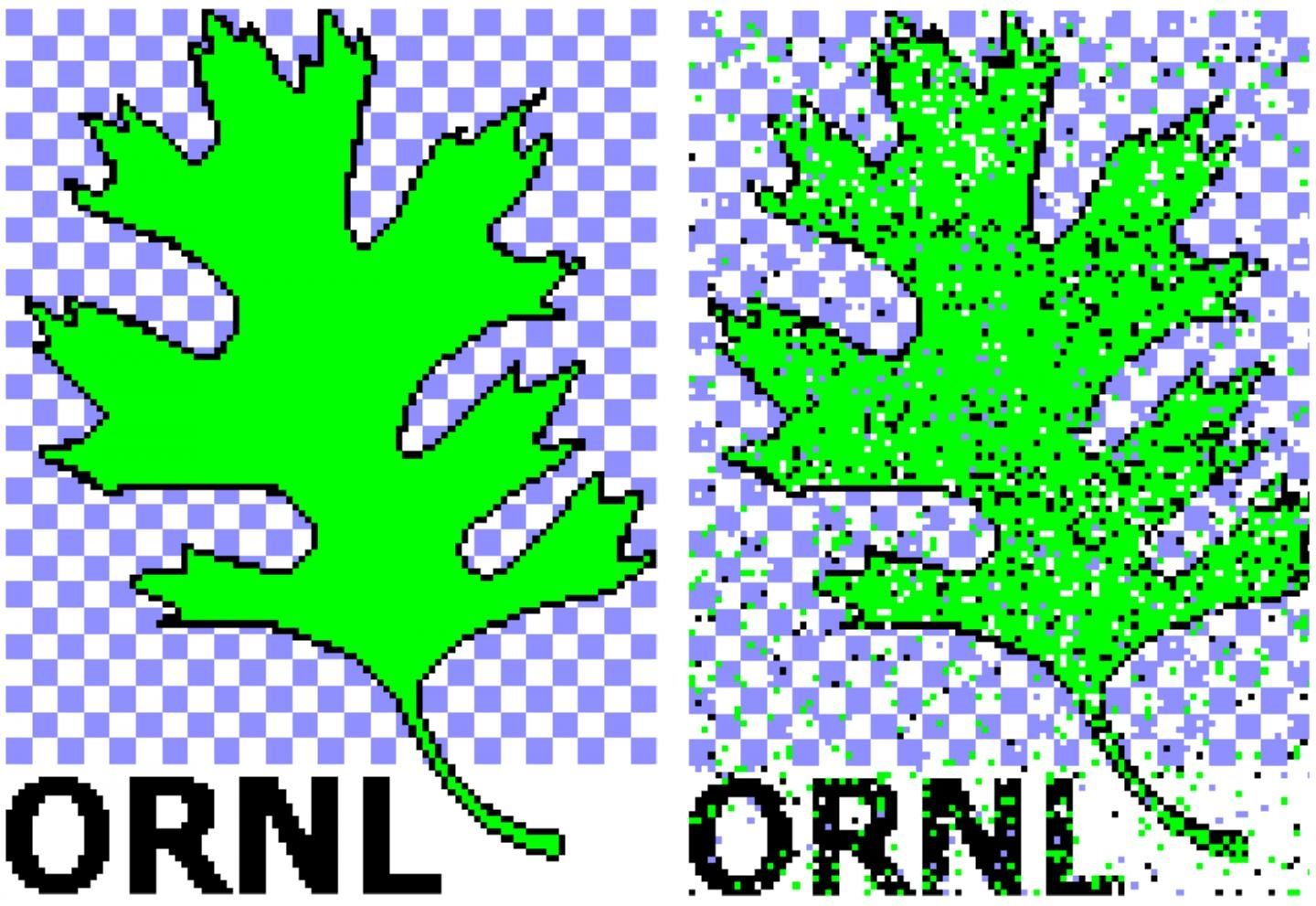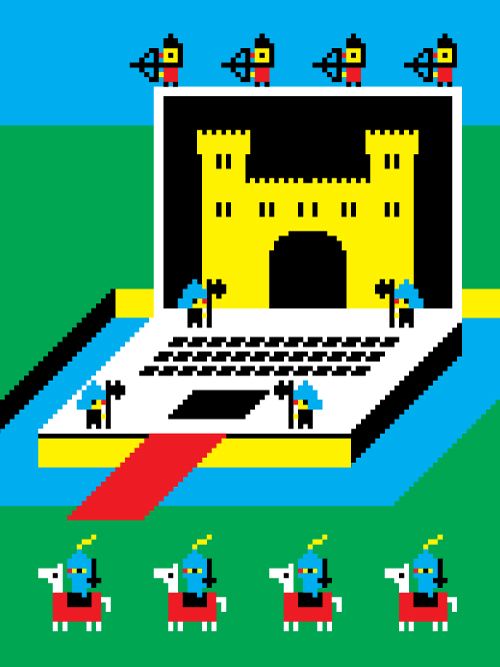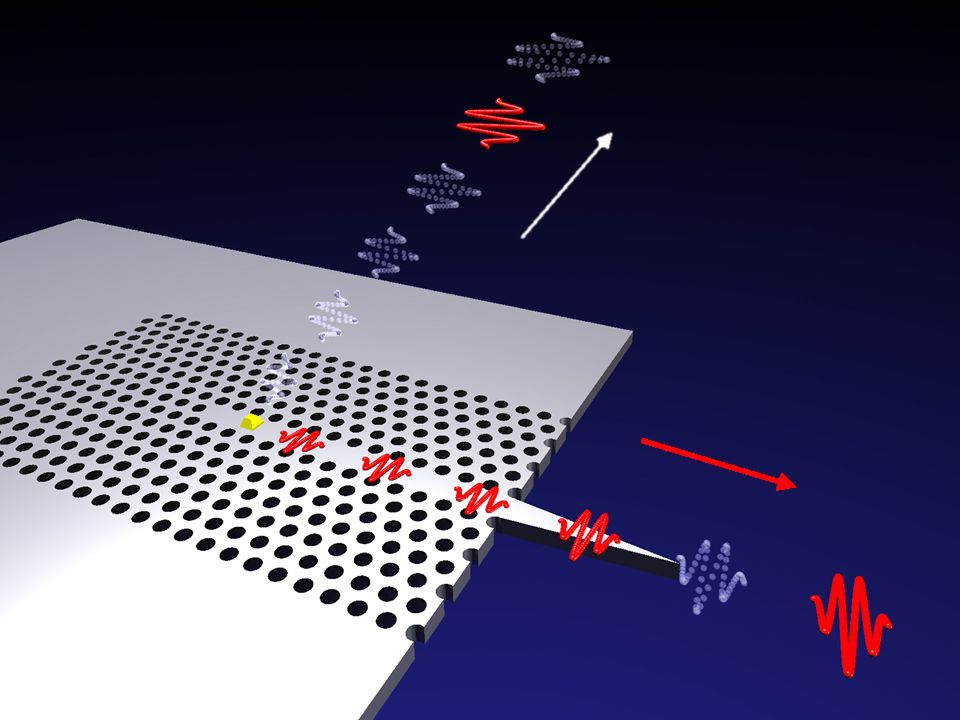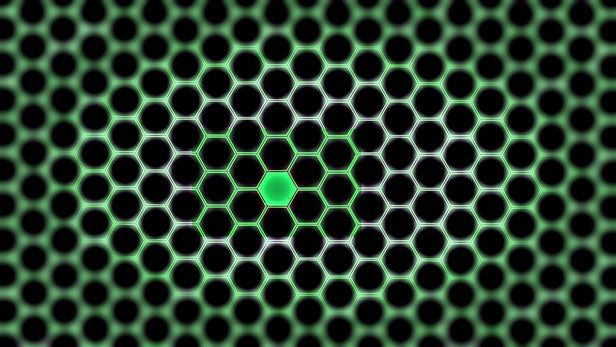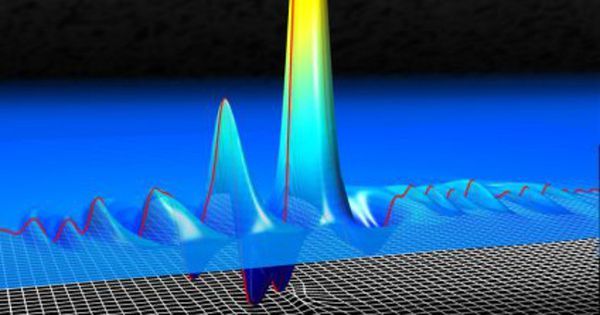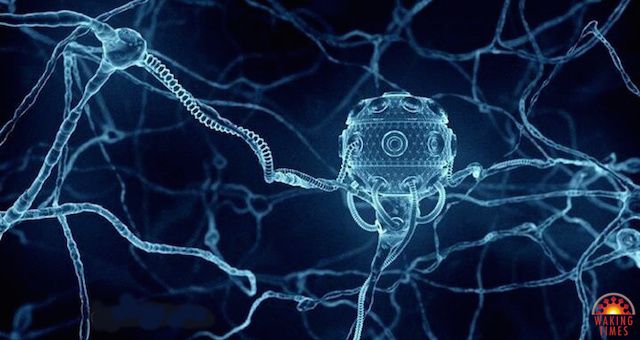My friends at ORNL just announced they broke a record in the transmittal of information via Qubits this week. We’re getting closer for our QC networking and storage capabilities.
OAK RIDGE, Tenn., Feb. 1, 2017 — Researchers at the Department of Energy’s Oak Ridge National Laboratory have set a new record in the transfer of information via superdense coding, a process by which the properties of particles like photons, protons and electrons are used to store as much information as possible.
The ORNL team transferred 1.67 bits per qubit, or quantum bit, over a fiber optic cable, edging out the previous record of 1.63 per qubit.
The work by ORNL’s Brian Williams, Ronald Sadlier and Travis Humble is published as “Superdense coding over optical fiber links with complete Bell-state measurements” in Physical Review Letters. The research was selected as an “Editor’s Suggestion,” a distinction reserved for approximately one in six PRL papers.
